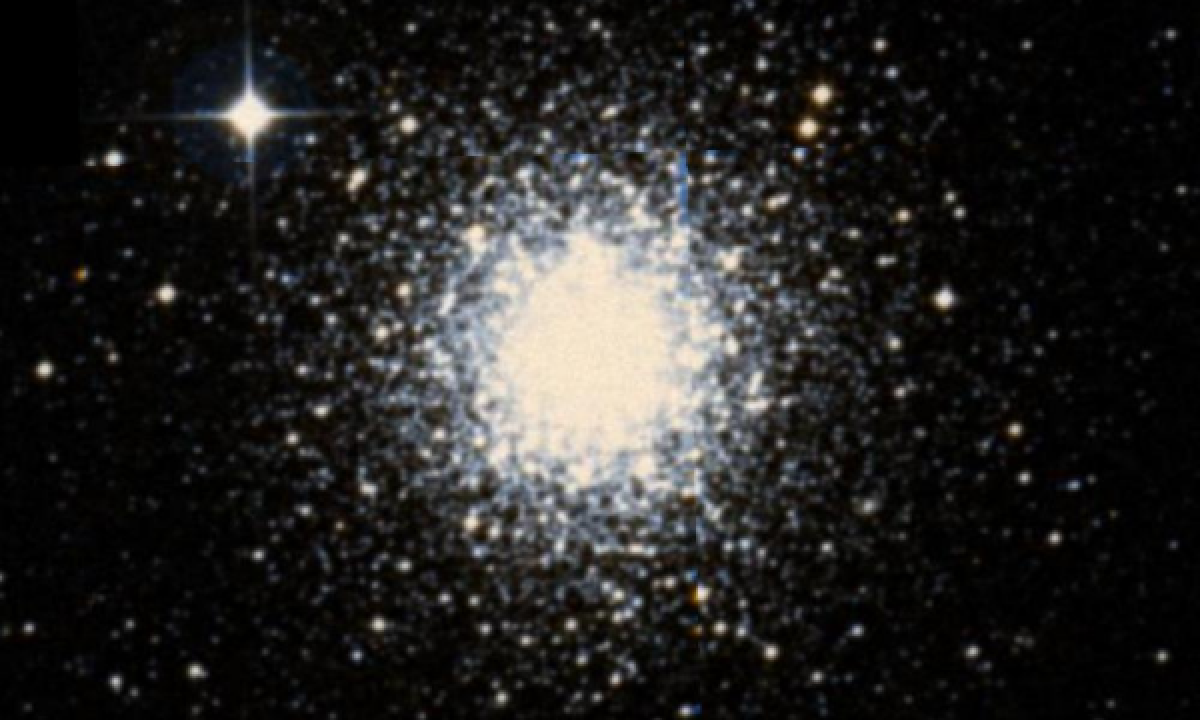The New General Catalogue of Nebulae and Clusters of Stars (abbreviated as NGC) is a catalogue of deep-sky objects compiled by John Louis Emil Dreyer in 1888. The NGC contains 7,840 objects, known as the NGC objects. It is one of the largest comprehensive catalogues, as it includes all types of deep space objects, including galaxies, star clusters, emission nebulae and absorption nebulae.
Know more about NGC
NGC 1261

NGC 1261 (also known as Caldwell 87) is a globular cluster of stars in the southern constellation of Horologium, first discovered by Scottish astronomer James Dunlop in 1826. The cluster is located at a distance of 53 kilolight-years from the Sun, and 59 kilolight-years from the Galactic Center. It is about 10.24 billion years old with 341,000 times the mass of the Sun. The cluster does not display the normal indications of core collapse, but evidence suggests it may have instead passed through a post core-collapse bounce state within the past two billion years. The central luminosity density is 2.22 L☉·pc−3, which is low for a globular cluster. Despite this, it has a Shapley–Sawyer Concentration Class of II, indicating a dense central concentration. A total of 22 RR Lyrae variables have been discovered in this cluster, along with two long-period variables, three SX Phoenicis variables, and an eclipsing binary. It was determined to be an Oosterhoff type I cluster, based on the periods of fourteen of the RR Lyrae variables. 18 probable blue straggler candidates have been identified.
More Images:

Sources:
Wikipedia Page: NGC 1261
NGC 1261 at In-The-Sky website
